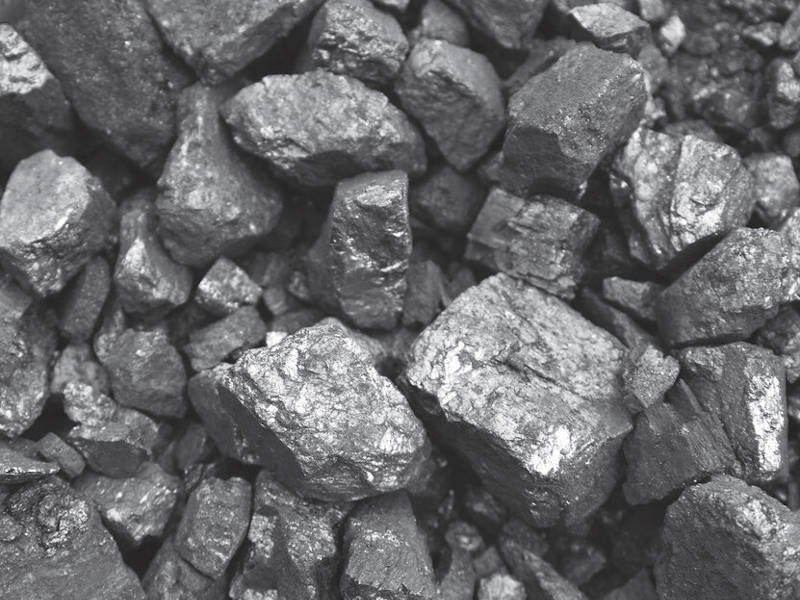Page 1: Iron Ore Prices Up
Page 2: The Big Four
Many American steel producers have been reporting thin or nonexistent profits and margins of late. United States Steel recently posted a fourth quarter loss of $680 million, while AK Steel announced a loss of $53.9 million. Nucor Corporation, the largest steel US-based producer, managed to squeeze out earnings of $107.8 million in the fourth quarter of 2019—but that was down 61% from the third quarter and 83% from the fourth quarter of 2018.

Last year was “challenging,” Nucor’s management said during an earnings call in late January.
Iron Ore Prices Up
There are several factors that play into the steel companies’ predicament—among them China’s economy, the tariff wars, and the coronavirus outbreak. But here’s another cause that hasn’t gotten a lot of play: steel prices are falling and iron ore prices are rising. Steelmakers that rely on the mineral as their primary input are feeling the squeeze.
Prices for U.S. hot-rolled coil steel has been declining for the past couple of years. In 2018, it fetched $828.46 per metric ton. That number fell to $603.52 in 2019, a decline of over 27%. In mid-February, steel was trading at $576 per metric ton, one percent lower than a month before. That price was down two percent year-to-date and down 15% compared to the same time last year.
Iron ore prices have a history of wild fluctuations, reaching above $125 per metric ton in 2013 before declining to as low as $45 in late 2015. Prices reached a five-year high of $124.50 in July 2019, before briefly declining in early February 2020 to $83 from January’s $92-level amid coronavirus fears. Since the February decline, iron ore prices have been climbing, and are expected to reach around $99 per metric ton by the end of March, according to Trading Economics, a provider of commercial and financial data, and over $105 by year’s end.
There are situational as well as structural reasons for iron ore’s climb. 2019’s prices reflected a supply disruption in Brazil due to dam failures that caused over 200 fatalities and provoked a criminal prosecution. Prices also climbed as China imported the mineral at near-record levels.
The structural part of the iron ore story is that global supply is controlled by just a few big players. According to the U.S. Geological Survey, the top five iron ore producing countries control about 85% of production and 73% of reserves. The largest iron ore reserves are in Australia, followed by Brazil, Russia, China, and India. The world’s largest producer of iron ore is China, followed by Australia, Brazil, India, and Russia.





